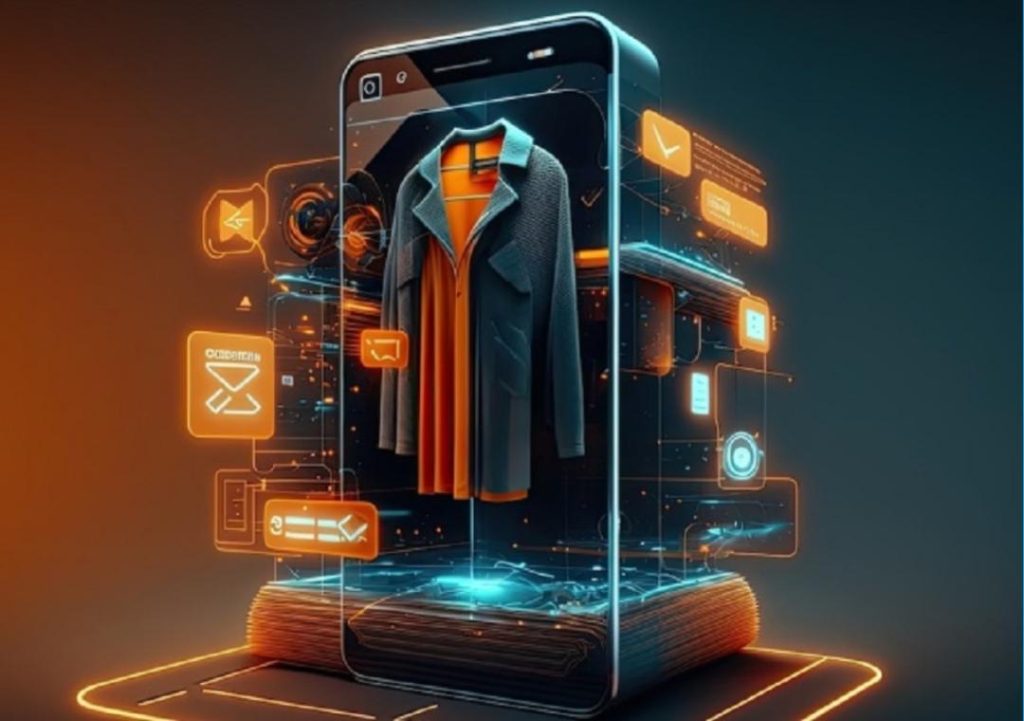
How AI, AR & Automation are redefining online shopping in 2025
As we step into 2025, the world of online shopping is undergoing a significant transformation. The rapid advancement of technologies such as Artificial Intelligence (AI), Augmented Reality (AR), and Automation is revolutionizing the way we shop online. From personalized recommendations to virtual try-ons, and from streamlined logistics to voice-activated commerce, the future of e-commerce is poised to be faster, more immersive, and frictionless.
AI-Powered Personalization
One of the most significant impacts of AI on online shopping is the ability to offer personalized experiences to customers. AI chatbots, which can be integrated into websites and mobile apps, use machine learning algorithms to analyze customer behavior, preferences, and purchase history to provide tailored recommendations. This not only enhances the overall shopping experience but also increases the likelihood of customers making repeat purchases.
According to a study by Gartner, by 2025, AI-powered customer service will account for over 90% of all customer service interactions. This means that AI chatbots will be the primary interface between customers and e-commerce businesses, handling everything from product queries to order tracking and resolution of issues.
Smart Recommendations
Another area where AI is making a significant impact is in the realm of smart recommendations. AI-powered algorithms can analyze customer data, including search history, browsing behavior, and purchase patterns, to suggest products that are most likely to appeal to them. This not only increases the chances of customers discovering new products but also reduces the likelihood of them leaving the website in search of a better deal.
For instance, online fashion retailers like Stitch Fix and Madewell use AI-powered styling assistants to offer personalized fashion advice to customers. These assistants analyze customer preferences, body type, and fashion sense to suggest outfits and accessories that are tailored to their unique style.
Voice Commerce
The rise of voice assistants like Amazon Alexa, Google Assistant, and Apple Siri has given birth to a new era of voice commerce. With voice commerce, customers can shop online using voice commands, making it easier than ever to make purchases on-the-go.
According to a study by comScore, by 2025, voice commerce will account for over 50% of all online transactions. This means that e-commerce businesses need to be prepared to accommodate voice commerce, which requires a seamless and intuitive user experience.
AR Virtual Try-Ons
Augmented Reality (AR) is another technology that is transforming the online shopping experience. AR virtual try-ons allow customers to try on products virtually, reducing the need for returns and exchanges. This not only saves customers time and money but also reduces the environmental impact of online shopping.
For instance, cosmetics brand L’Oréal uses AR to allow customers to try on makeup virtually. Using a mobile app, customers can upload a photo of themselves and virtually try on different makeup looks, reducing the need for physical product returns.
Automated Logistics
Automation is also playing a crucial role in streamlining online shopping. From automated inventory management to robotic fulfillment centers, automation is reducing the time it takes for products to reach customers.
For instance, online retailer Amazon uses automated warehouses and delivery centers to ensure that products are delivered to customers within 24 hours. This not only reduces the time it takes for products to reach customers but also increases the accuracy of deliveries.
Streamlining Supply Chains
Automation is also streamlining supply chains, making it easier for e-commerce businesses to manage inventory, track shipments, and anticipate demand. This not only reduces the risk of stockouts and overstocking but also enables businesses to respond quickly to changes in customer demand.
For instance, online retailer Zappos uses automation to manage its supply chain, ensuring that products are delivered to customers within 24 hours. This not only enhances the overall shopping experience but also reduces the risk of stockouts and overstocking.
Conclusion
The future of online shopping is poised to be faster, more immersive, and frictionless. With the rapid advancement of technologies like AI, AR, and Automation, e-commerce businesses are poised to offer customers personalized experiences, streamlining logistics, and reducing the risk of stockouts and overstocking. As we step into 2025, it’s essential for e-commerce businesses to be prepared to adapt to these changes, investing in AI-powered chatbots, AR virtual try-ons, and automated logistics to stay ahead of the competition.
News Source:
https://www.growthjockey.com/blogs/e-commerce-tech-trends-online-shopping






